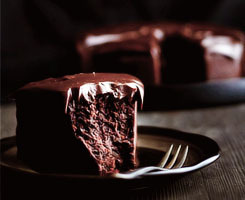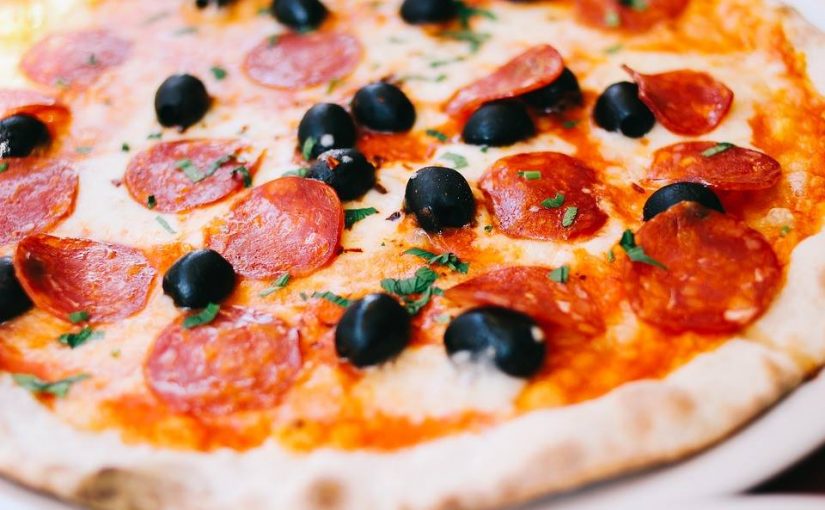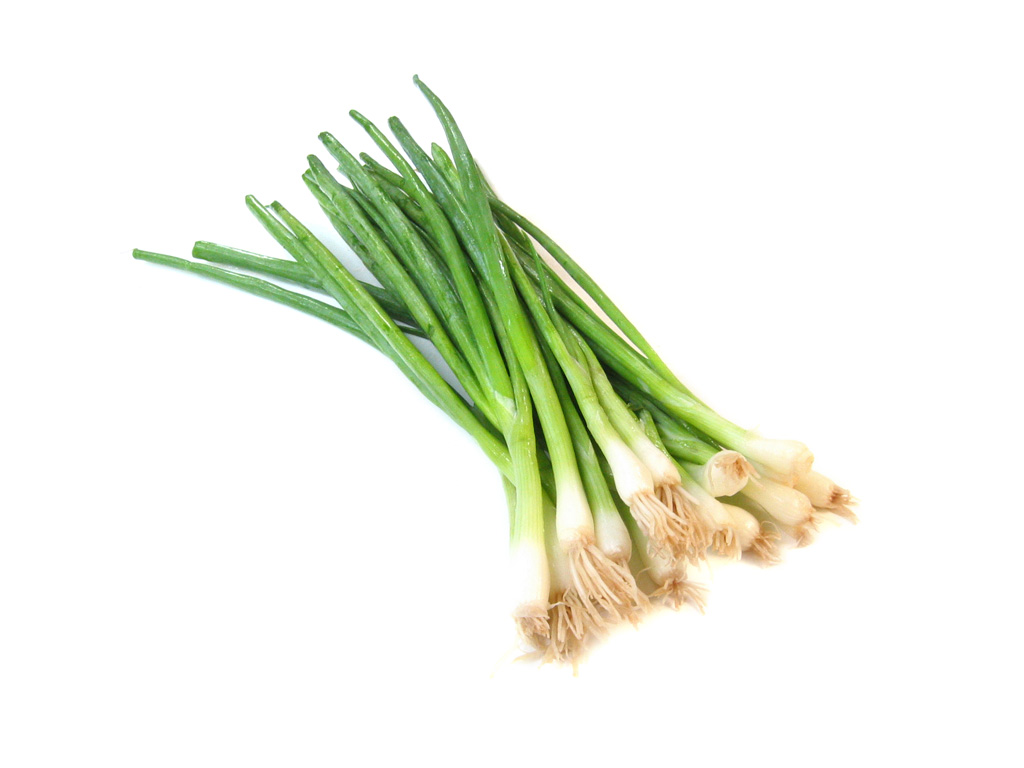Happy hour is an excellent initiative to increase the profits of your business.
A moment of those who earn more together with breakfast and lunch. Happy hour, however, requires a different type of service as, unlike breakfast and lunch, Read more

Happy hour is an excellent initiative to increase the profits of your business.
A moment of those who earn more together with breakfast and lunch. Happy hour, however, requires a different type of service as, unlike breakfast and lunch, Read more

Chocolate festival. Let’s talk about chocolate, have you already enjoyed in your mouth?
Perhaps you will think of the film with Johnny Depp and Juliette Binoche where they fell in love in a French town between one praline Read more

Flours for pizza. All those who, by trade or simple passion, intend to prepare the classic pizza, will have to know the best flours for pizza on the market to be used Read more

The law on allergens provides that the consumer of any food product is aware of the ingredients contained in foods, including allergens. This not only applies to Read more

What is shallot. Shallot together with fresh ginger and garlic, is part of what chef Martin Yan called “the holy trinity of Chinese cuisine.” The shallot (called “green onions” in the United States) and are indispensable in Chinese cuisine.
